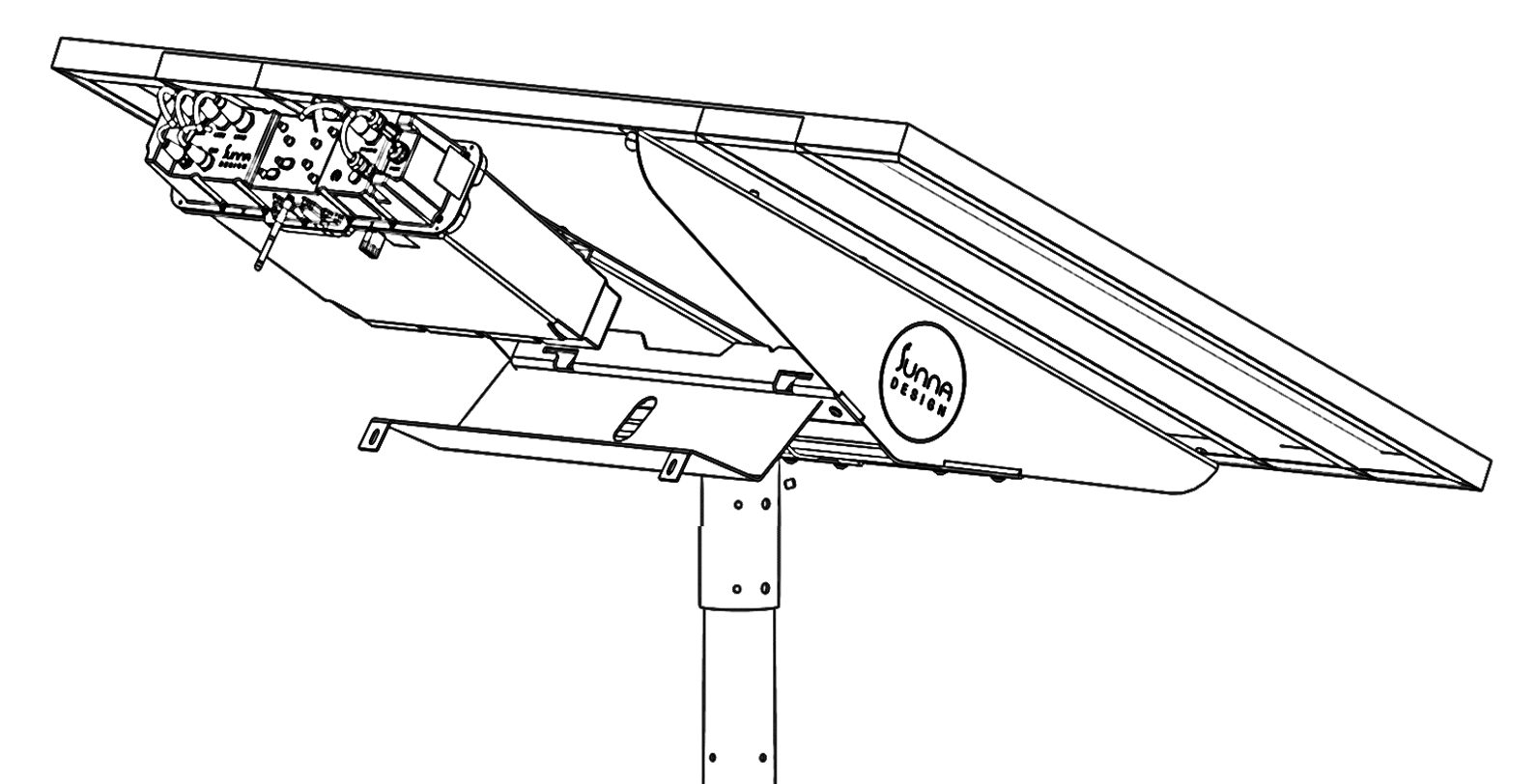About solar lighting 10 July 2025
Autonomous solar public lighting is emerging as a crucial solution for communities seeking energy efficiency, budget optimization, and ecological transition. However, the performance of solar streetlights relies heavily on several technical factors, particularly when installed in challenging environments. Here’s how you can ensure optimal operation even under difficult conditions.
Selecting suitable solar panels is critical. New-generation panels with advanced type-N solar cells, such as TOPCon cells, offer superior performance. They feature a better temperature coefficient (-0.29%/°C versus -0.35%/°C for PERC cells), improved tolerance to diffuse irradiation, and enhanced durability. This technology significantly reduces Light-Induced Degradation (LID) and Potential-Induced Degradation (PID), ensuring stable performance for over 30 years.
Laboratory tests have shown that TOPCon panels retain over 92% of their initial performance after 25 years, compared to 85-88% for conventional technologies. These characteristics are particularly advantageous in tropical, desert, or harsh winter climates.
Integrating intelligent energy management systems (EMS), such as the SunnaCore EMS used in our new EverGen V3 model, is essential for maximizing the efficiency of your solar installation. An EMS enables precise, adaptive energy management, allowing customized weekly or seasonal lighting profiles, optimizing battery charge/discharge cycles, and detecting issues for preventive maintenance.
Such embedded intelligence extends system autonomy to up to four days without recharge—crucial during rainy seasons or winter.
Battery capacity and technology significantly influence energy continuity under challenging conditions. Sunna Design offers two complementary battery technologies:
Each technology is chosen based on project requirements, climate conditions, sunlight exposure, maintenance frequency, and budget, ensuring system performance and longevity.
Long-term performance also relies on proper installation and simplified maintenance. Sunna Design’s solutions allow installation within minutes per lighting unit, reducing errors and operational costs. Their modular design enables rapid, safe interventions on-site, such as battery replacements, firmware updates, or sensor integration.

Additionally, good mechanical design addresses potential weak points through effective thermal ventilation, high protection ratings, and mechanical resistance to strong winds, ensuring equipment durability even in harsh environments.
Hybrid solutions, combining solar energy with occasional grid connection, are ideal for ensuring continuous energy supply, particularly useful during winter or low sunlight areas.
The system automatically switches to grid power when battery levels drop below a threshold (e.g., <20%), prioritizing solar energy as soon as conditions allow. This avoids service interruptions without oversizing the solar system, controlling electrical connection costs effectively. Such operation guarantees consistent lighting throughout the year, even in regions with low irradiation like northern Europe (≤ 2.5 kWh/m²/day in winter).
To maximize the performance of your solar public lighting installations under challenging conditions, it is crucial to combine advanced photovoltaic technologies, intelligent energy management, suitable batteries, robust mechanical design, and reliable hybrid solutions.
Sunna Design integrates all these elements into our solutions, efficiently addressing the needs of communities from densely populated urban areas to remote regions. Our expertise is built upon over ten years of continuous innovation, more than 170,000 streetlights deployed across 60+ countries, and deep knowledge of technical and climatic constraints.
